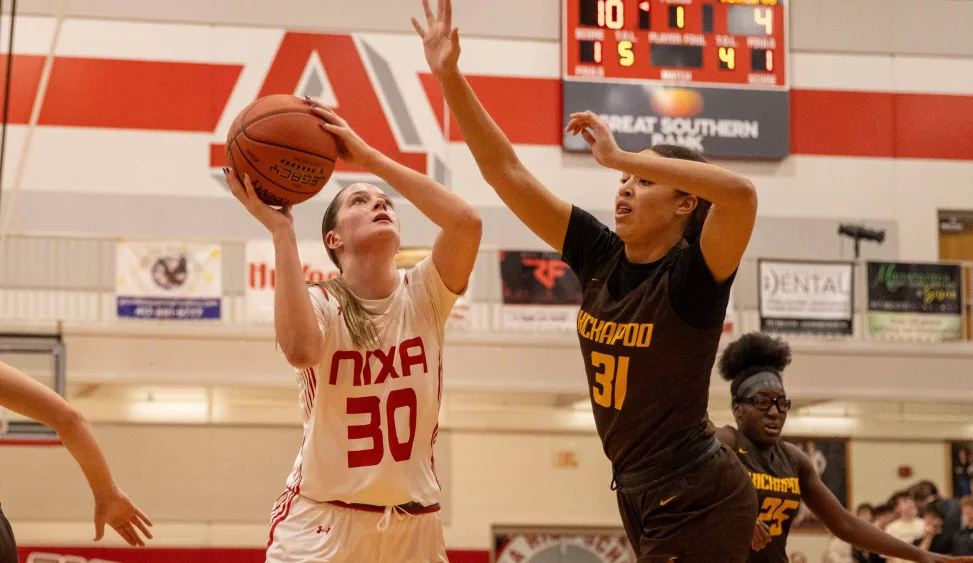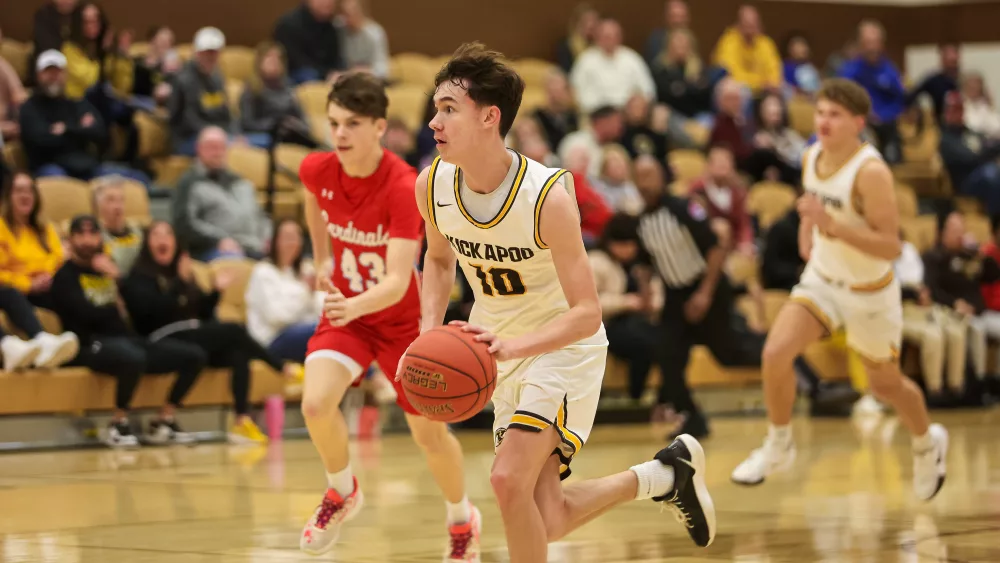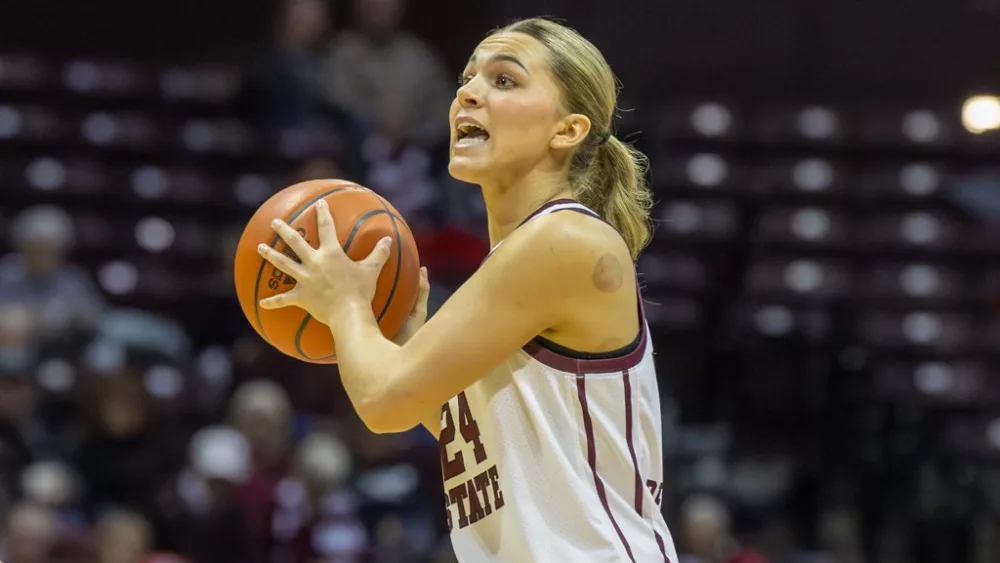Just 14 months ago, he wondered if it was all over. The career that seemed to just be getting going. The dreams of becoming a big-leaguer. You name it.
So, it was understandable that St. Louis Cardinals farmhand Rowan Wick was steamed, to put it mildly. After all, his 36 home runs in his first 1 ½ years in the minor leagues seemed to place Wick on a train destined to Double-A baseball and perhaps beyond.
Until he was told to shelve his bat for good. Not needed anymore. A transformation into a pitcher awaited, given that big gun of a right arm of his.
“I wasn’t too happy at all at first,” Wick said. “I thought I was not going to play baseball again. I spent the next six months in Florida and, through most of August, I honestly didn’t see the light at the end of the tunnel.”
He does now – as perhaps Jason Motte 2.0, only instead of a catcher-turned-closer Wick is now a slugger-turned-fireballer.
It’s certainly a delicious story and even more so now that Wick has reached the Springfield Cardinals, meaning that the right-hander – in short order – has shot to Double-A baseball, only two steps from the majors.
What a journey it’s been. From the damp, cold days of Vancouver, British Columbia and now to the summer heat of the Texas League.
In essence, he’s just let it rip.
Then again, who can blame him?
“In 2014, I hit 20 home runs and everything was going well when they said, ‘Hey, do you want to pitch?’” Wick said. “I said, ‘Man, I just hit 20 home runs. I was about a month and a half into the Florida State League last year, had hit six home runs but was hitting .180 when Gary (La Rocque, the farm director), said, ‘You’re not going to hit anymore.”
Wick was furious. Built like a small-college linebacker with a 6-foot-3, 220-pound frame and the looks to match, he wondered if it was even worth it anymore. He phoned his agent, then his buddies, then his mom – almost anyone who would listen to him blow steam.
He had signed a pro contract in 2012 after his ninth-round selection out of Cypress College in California, part of an already long and extended journey in the game. How could his bat not be good enough? Some 36 home runs? The questions shot through his mind repeatedly.
“It took me awhile to get over it. … There was a point when my mom was fed up with me complaining,” Wick said. “She was like, ‘You’ve just got to go do it.”

Well, look, Mom.
In his first 28 1/3 innings as a reliever, Wick has struck out a whopping 40 batters and issued 11 walks.
Should he move into the high-leverage role of closer, it will raise the ante in a Cardinals farm system that has somewhat depleted its big guns following graduation to the big leagues.
The good thing is that Wick isn’t a solo pilot project, given the Cardinals have had success in recent years with moving position players to the mound.
Motte is the most notable, having converted from catching in 2006. He went on to become St. Louis’ closer on its 2011 World Series team. Another arm making a similar run is Sam Tuivailala, a former shortstop who is now putting games to bed for Triple-A Memphis. He reached the majors in 2014, after spending most of the season with Double-A Springfield.
In Wick, the Cardinals have a power arm whose fastball buzzes in at 94 to 98 mph. He’s also trying to mix in a curve and change-up, with the curve bending on a 12-to-6 rotation.
Credit Paul Davis, the organization’s minor league pitching coach and coordinator of pitching analytics and rehab. He is one of the reasons why Wick is now within striking distance of the big leagues.
“He believed in me more than anybody, including myself,” Wick said. “I was like, ‘What’s pitching?’ I worked with him for three months.”
Davis didn’t simply put Wick on the mound and in front of batters. He also put him in front of a TV, where Davis showed video of Cy Young winner Clayton Kershaw as well as Nationals standout Max Scherzer. See the body movement? The knees? The hips? The elbows? Davis apparently went over it all in creating a pitcher from scratch.
“After I went back to a third extended (spring training) – and most guys don’t have a second extended – I started working with him a lot,” Wick said. “He basically taught me the way I needed to move my body and taught me a curveball. He was a huge help.”
Even better, Wick is much like Motte was at the same stage in the sense that Wick, having been a hitter, can think on his feet and adjust on the fly.
“If it gets to 0-2 and I’ve thrown a curveball for a strike and I’ve thrown a fastball for a strike, I’m thinking on the mound, ‘This kid has no chance,’” Wick said.
But it wasn’t always smooth sailing. Upon graduation, Wick left the Great Northwest after high school and traveled across the continent to play at St. John’s University in New York, only to realize it wasn’t truly for him.
He then caught on at Cypress College in California in 2012. It’s where he got noticed by scouts, more for his hitting though.
“I always had a pretty good arm, but it’s definitely different off the mound, not having a crow hop,” said Wick, drafted as a catcher but moved to outfield in the minor leagues. “But my arm was always pretty accurate. … When I was a sophomore in college, I threw bullpens for (big-league) teams because they wanted to see me off the mound, and I threw for the Mariners twice actually. But I wanted to hit. That’s all I wanted to do.”
But now all he wants to do is pitch. Proof that some things happen for a reason.
“I’m definitely in the right spot to do it,” Wick said. “I feel like any other organization might have given up on me. I’m blessed. It shows that the Cardinals know what they are doing.
And?
“There is no more messing around now,” he said.







